Humidity and tankless gas water heater
Dave Snowdy
8 months ago
Featured Answer
Sort by:Oldest
Comments (64)
mike_home
8 months agolast modified: 8 months agoDave Snowdy
8 months agoRelated Discussions
Do I go tankless water heater or wait for 75-gal gas heater?
Comments (22)The reason we have 2 tankless heaters is so both of them are close to the point of use, which equals less wait time. I also drew our house plans to make sure my hot water use areas were "clustered" because of this. Due to the piping in our double wide, we have to wait up to 5 minutes for hot water from a tank heater. Ridiculous. I have played around with my parents' stuff and have never waited more than 10 or 12 seconds for hot water because their heaters are also near the point of use. Their and our tankless heaters are Rinnai, btw. The only instant hot water I have ever experienced was in a really nice hotel... ;-) I don't know how big our current tank is, but we often run out of hot water for our family of 4. I'm looking forward to never dealing with that again!! Vonda PS Hello to a fellow Arkansan. Might not be the greatest state in the Union, but it's home. :-)...See More1/2 Line for a Gas tankless water heater
Comments (12)I know about the electrical, that's why I didn't want to go that way. I believe the run to were it splits to go to the heater and washer is about 12'. My issue with the whole thing is that a majority of houses in the US and Canada (from what I can tell) use 1/2 gas lines for the water heaters. Don't we have the technology to make it simpler to install them? Just frustrated that I am most likely going to have to have a plumber come out and install a bigger line....See MoreVenting Basement Dryer & Gas Tankless Water Heater
Comments (5)Hi David, Often venting can happen through the rim joist (so between floor joists) which is generally above grade. Your layout may not allow for that though. As far as I'm aware, venting the heater using PVC should be fine exiting below grade (assuming it's a condensing unit designed to vent through PVC). I'm not sure how to do that with the dryer vent though. PVC is not approved for dryer vents and metal vent underground is really a bad idea. Since you have a basement - do consider an electric hybrid water heater instead. They are similar or less to operate and much cheaper to install....See MoreSizing gas tankless water heater
Comments (4)The two models you are considering are different with respect to capacity, operating efficiency and installation requirements. We had a Rinnai with a similar capacity to the RL75iN for a family of four with 2.5 baths. The unit was mounted on the home's exterior and we get about two months of cold weather in the winter. We never had an issue with it. Two considerations when changing to tankless: 1.) you'll need to ensure adequate gas service to your home to support the heater plus whatever other gas appliances you may have, and 2.) I think a 20-year life expectancy is pretty optimistic. I got 12 years out of mine without performing the recommended annual maintenance which I was very happy with. I replaced it with the same model....See Moremike_home
8 months agoDave Snowdy
8 months agomike_home
8 months agoElmer J Fudd
8 months agoDave Snowdy
8 months agoDave Snowdy
8 months agoCharles Ross Homes
8 months agoJake The Wonderdog
8 months agolast modified: 8 months agoDave Snowdy
8 months agoCharles Ross Homes
8 months agoJake The Wonderdog
8 months agoCharles Ross Homes
8 months agoAustin Air Companie
8 months agolast modified: 8 months agoCharles Ross Homes
8 months agoAustin Air Companie
8 months agoCharles Ross Homes
8 months agomike_home
8 months agoCharles Ross Homes
8 months agoAustin Air Companie
8 months agoCharles Ross Homes
8 months agoJake The Wonderdog
8 months agolast modified: 8 months agoAustin Air Companie
8 months agolast modified: 8 months agoCharles Ross Homes
8 months agoAustin Air Companie
8 months agoCharles Ross Homes
8 months agoAustin Air Companie
8 months agoCharles Ross Homes
8 months agoAustin Air Companie
8 months agoCharles Ross Homes
8 months agoAustin Air Companie
8 months agolast modified: 8 months agoCharles Ross Homes
8 months agoAustin Air Companie
8 months agoCharles Ross Homes
8 months agoAustin Air Companie
8 months agolast modified: 8 months agoCharles Ross Homes
8 months agoAustin Air Companie
8 months agoCharles Ross Homes
8 months agoAustin Air Companie
8 months agoCharles Ross Homes
8 months agoDave Snowdy
8 months agoJake The Wonderdog
8 months agoCharles Ross Homes
8 months agoElmer J Fudd
8 months agoDave Snowdy
8 months agoCharles Ross Homes
8 months agoJake The Wonderdog
8 months ago
Related Stories

GREAT HOME PROJECTSHow to Switch to a Tankless Water Heater
New project for a new year: Swap your conventional heater for an energy-saving model — and don’t be fooled by misinformation
Full Story
GREAT HOME PROJECTSHow to Add a Solar Water Heater
Lower energy bills without a major renovation by putting the sun to work heating your home’s water
Full Story
SAVING WATER11 Ways to Save Water at Home
Whether you live in a drought-stricken area or just want to help preserve a precious resource, here are things you can do to use less water
Full Story
GREEN BUILDINGWater Sense for Big Savings
Keep dollars in your pocket and preserve a precious resource with these easy DIY strategies
Full Story
LIFEHow to Prepare for and Live With a Power Outage
When electricity loss puts food, water and heat in jeopardy, don't be in the dark about how to stay as safe and comfortable as possible
Full Story
GREEN BUILDINGHouzz Tour: Going Completely Off the Grid in Nova Scotia
Powered by sunshine and built with salvaged materials, this Canadian home is an experiment for green building practices
Full Story
BATHROOM DESIGNDreaming of a Spa Tub at Home? Read This Pro Advice First
Before you float away on visions of jets and bubbles and the steamiest water around, consider these very real spa tub issues
Full Story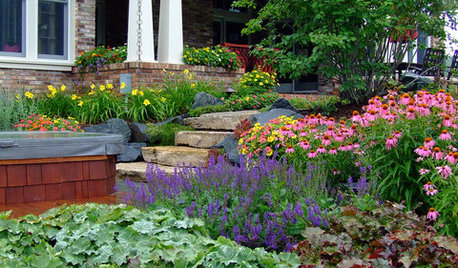
INSIDE HOUZZInside Houzz: New Data Offer Insights on Landscaping Trends
Homeowners are looking to manage water and add more enjoyment to their landscapes, according to a new Houzz survey
Full Story
FLOORSFloors Warm Up to Radiant Heat
Toasty toes and money saved are just two benefits of radiant heat under your concrete, wood or tile floors
Full Story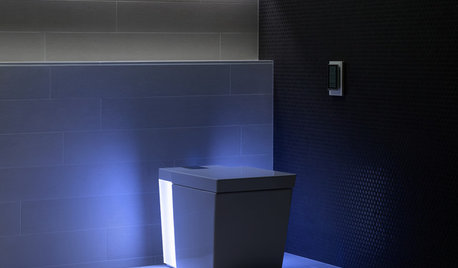
BATHROOM DESIGNStraight Flush: The Future of Toilets in the Home
Night lights, seat warmers and temperature-controlled bidets are here — and that’s just the beginning
Full Story




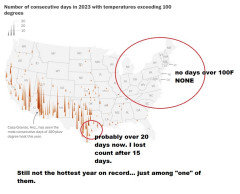
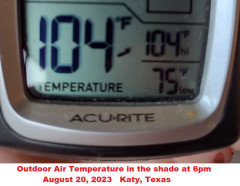

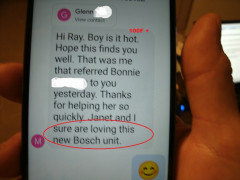


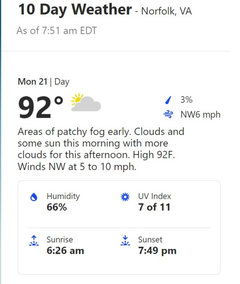


Austin Air Companie